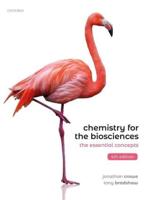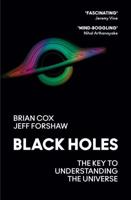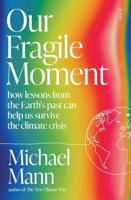Publisher's Synopsis
Quantitative Structure-Activity Relationships (QSARs) are increasingly used to predict the harmful effects of chemicals to humans and the environment. The increased use of these methods in a variety of areas (academic, industrial, regulatory) results from a realization that very little toxicological or fate data is available on the vast amount of chemicals to which humans and the environment are exposed.
Predicting Chemical Toxicity and Fate provides a comprehensive explanation of the state-of-the-art methods that are available to predict the effects of chemicals on humans and the environment. It describes the use of predictive methods to estimate the physiochemical properties, biological activities, and fate of chemicals. The methods described may be used to predict the properties of drugs before their development, and to predict the environmental effects of chemicals. These methods also reduce the cost of product development and the need for animal testing.
This book fills an obvious need by providing a comprehensive explanation of these prediction methods. It is a practical book that illustrates the use of these techniques in real life scenarios. This book will demystify QSARs for those students unsure of them, and professionals in environmental toxicology and chemistry will find this a useful reference in their everyday working lives.










